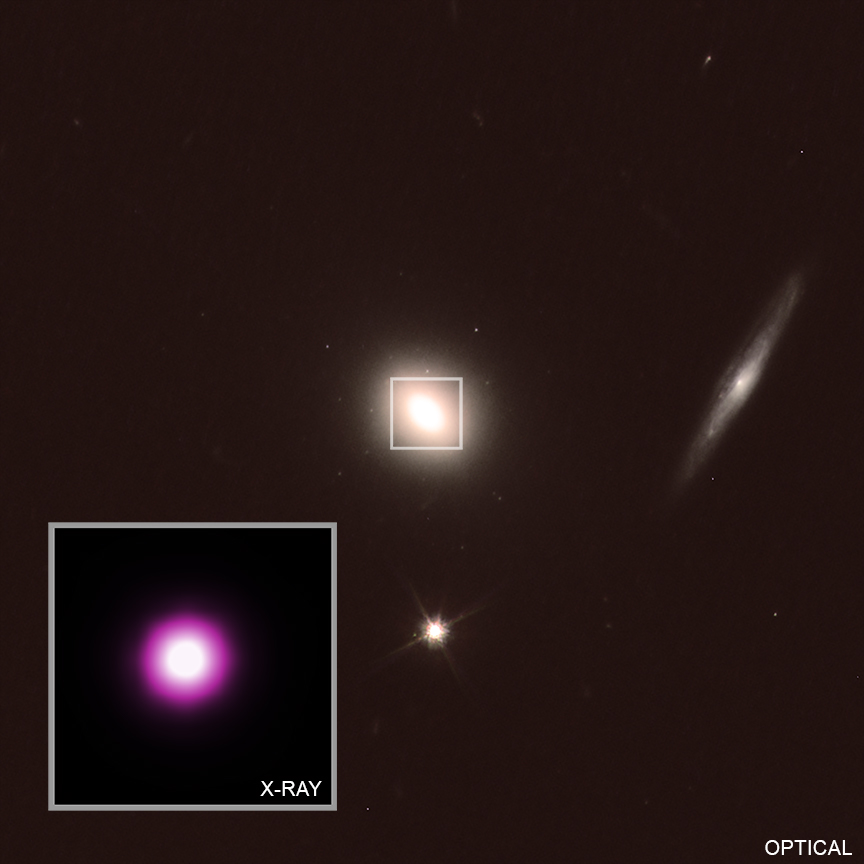A Dying Star Sent Out an SOS Pointing to Its Killer: A Buzz-Saw Black Hole
Back when Earth's continents were mushed together into a single blob called Pangaea and reptiles were just beginning to overtake amphibians as the dominant life-forms on Earth, a star strayed too close to a black hole. The black hole was a buzz saw, spinning fast enough to stretch the star into a rotating ring around the black hole's event horizon, the point beyond which not even light can escape.
The star, under the influence of the black hole's enormous gravity, stopped being a star. Some star stuff whipped past the black hole and out into space. Other stellar material whirled in quick circles around the gravity well before falling into the black hole itself.
Something happened just before this material crossed the event horizon, though: A stream of X-rays shot out into space. They were the last signal from the dying star before it disappeared. [Spaced Out! 101 Astronomy Images That Will Blow Your Mind]
Then, for 290 million years, those X-rays flew through space. Meanwhile, on Earth, the continents broke apart. Dinosaurs arose, walked the planet, then went extinct. Mammals profilerated and gave rise to humans. Those humans built sky-watching machines, including the All-Sky Automated Survey for Supernovae (ASASSN), a group of telescopes scattered all over the planet. And on Nov. 22, 2014, the X-rays from that dying star landed in ASASSN's eye, and the instrument sent data about them down to scientists on Earth.
Now, in a new paper published Wednesday (Jan. 9) in the journal Science, researchers have used that data to re-create the star's death and get a profile of that distant black hole.
Most large galaxies have giant, sucking black holes at their centers. Astronomers can make pretty good guesses about those black holes' masses by studying the galaxies themselves.
However, black holes have another key data point in addition to mass: spin. And while mass is relatively easy to estimate from afar, spin is not. The rotational forces of a gyrating black hole are powerful only in the immediate vicinity of the black hole and don't noticeably affect the surrounding galaxies.
Sign up for the Live Science daily newsletter now
Get the world’s most fascinating discoveries delivered straight to your inbox.

But ASSASN spotted a clue in those X-rays that revealed how the black hole spun. Every 131 seconds, the X-rays would get brighter and then dim, as the mass of the ripped-up star spun in tighter and tighter orbits toward the event horizon.
So, how fast was the black hole spinning? It's still not clear exactly, and it depends heavily on how close the material was to the black hole when those X-rays got emitted. But researchers suspect that the black hole moved at around half the speed of light.
Zoom.
- When Space Attacks: The 6 Craziest Impacts
- The Large Numbers That Define the Universe
- Twisted Physics: 7 Mind-Blowing Findings
Originally published on Live Science.











